How to protect biodiversity in our oceans
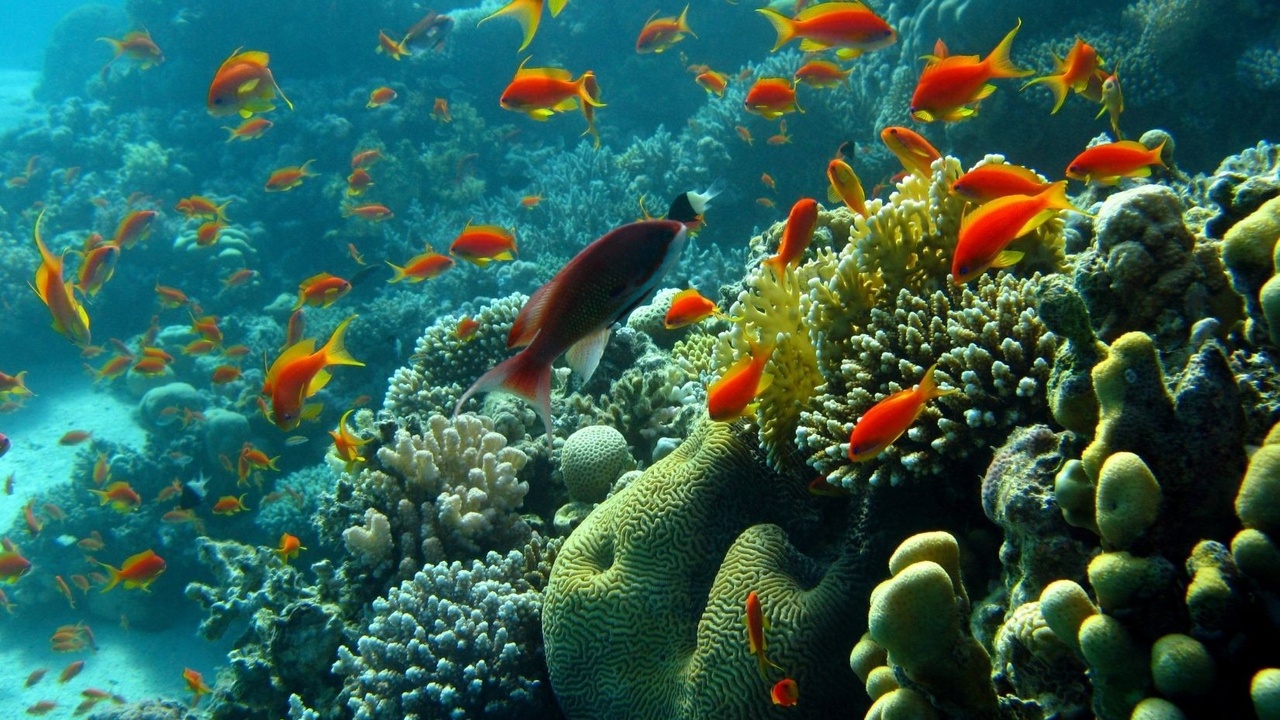
What comes to mind when you think of environmental and wildlife protection? Do you think about conservation efforts such as rewilding and shoreline restoration? What about amazing organizations that save the big cats in Africa or create all-women anti-poaching units?
These efforts are so important when it comes to preserving all life on earth, whether it be our beloved wildlife or old-growth forests. However, environmental preservation means expanding our efforts to marine life and habitats as well!
Seafood certification initiatives are certainly a part of protecting our waters, as they help eco-conscious consumers determine which seafood products have been caught or raised in a sustainable manner. But what more can be done to conserve life under water?
The answer is marine protected areas! Marine protected areas are areas of seas, oceans, estuaries, or inland waters such as the Great Lakes that have been set aside for long-term conservation aims.
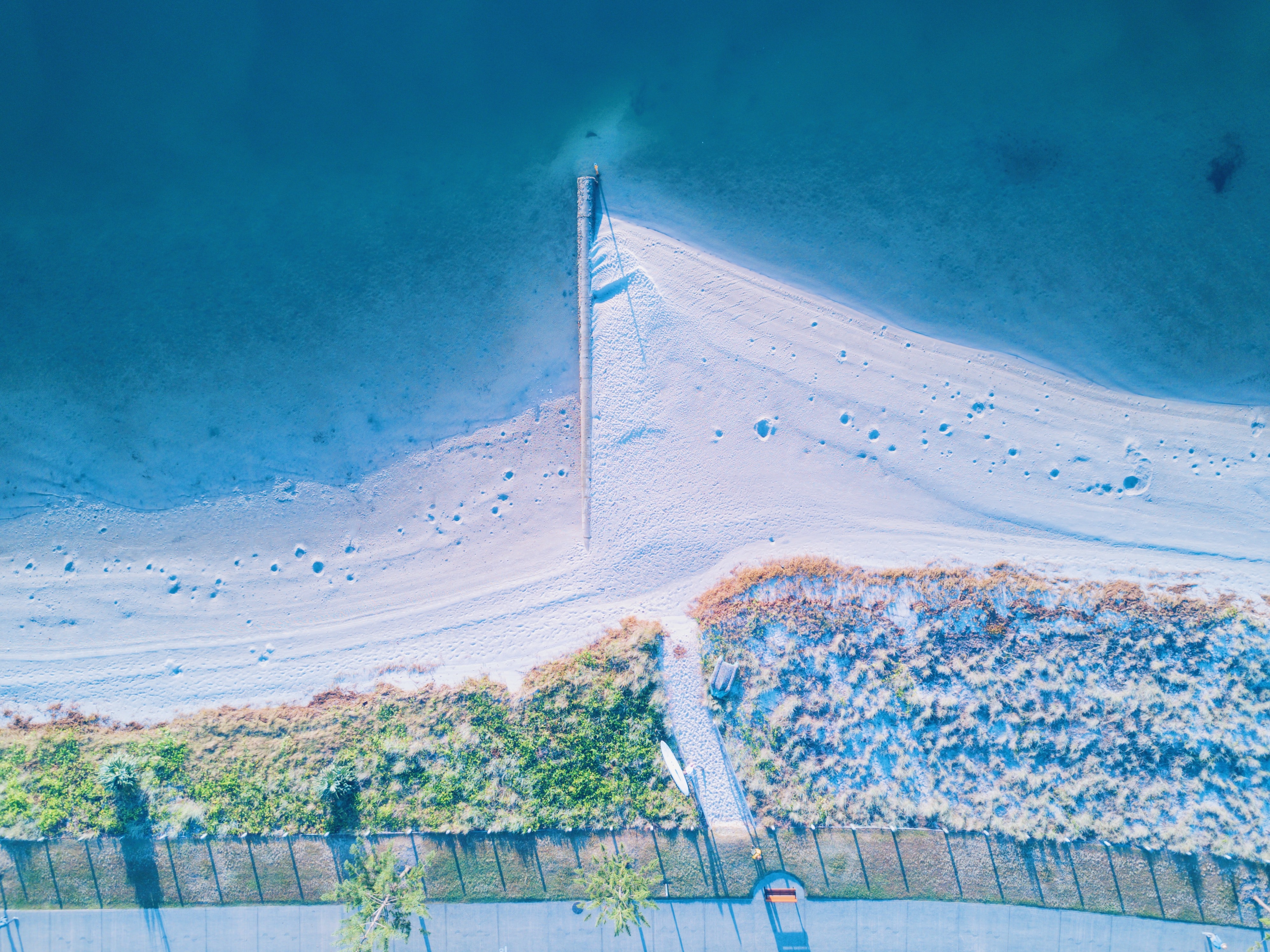
Marine Protected Area definition
For a more accurate definition, we can look to the International Union for Conservation of Nature (IUCN).
First, the IUCN defines a protected area as being “A clearly defined geographical space, recognized dedicated and managed, through legal or other effective means, to achieve the long-term conservation of nature with associated ecosystem services and cultural values”
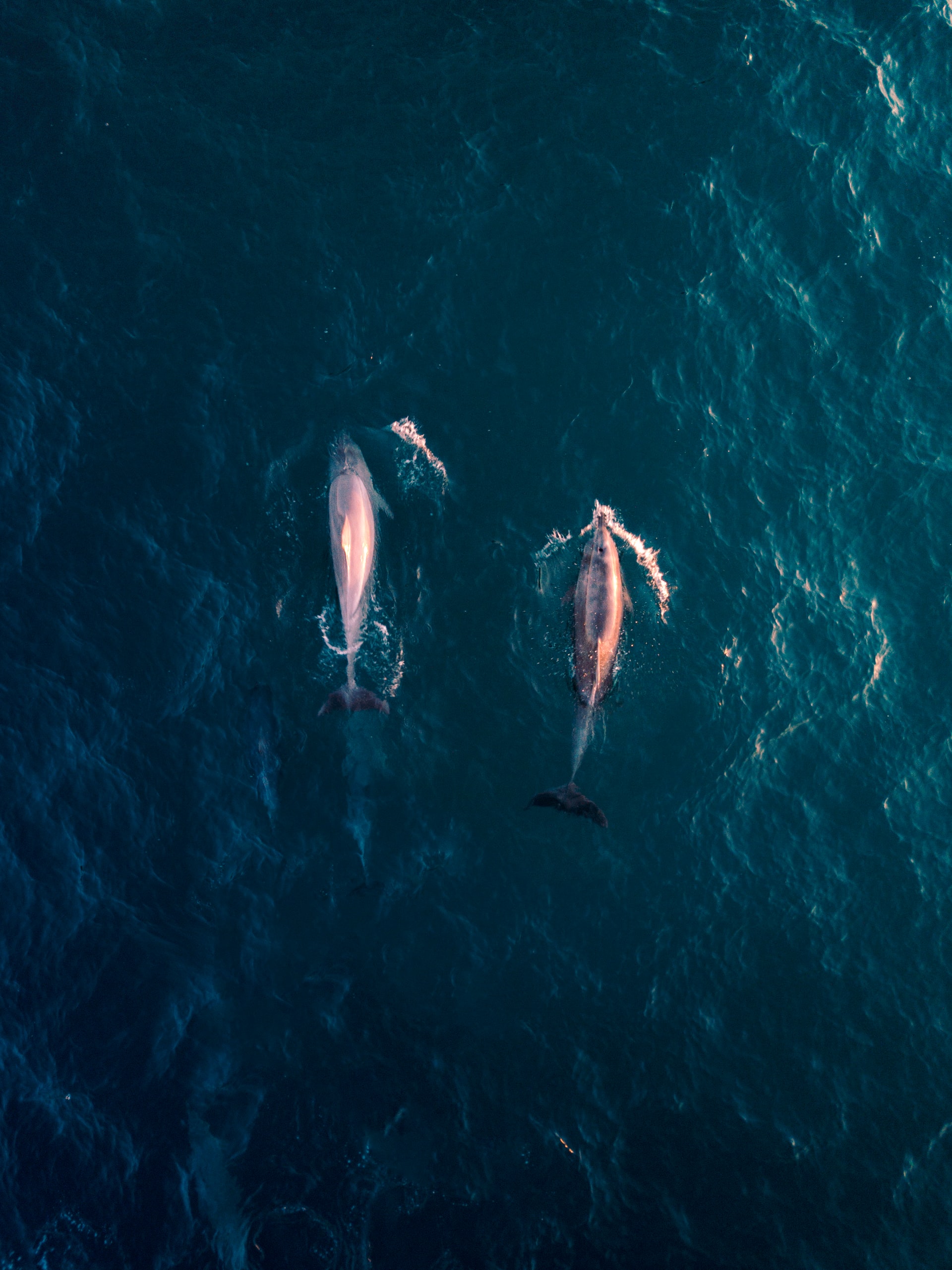
More specifically, the IUCN defines marine protected areas as being “Any area of the intertidal or subtidal terrain, together with its overlying water and associated flora, fauna, historical and cultural features, which has been reserved by law or other effective means to protect part or all of the enclosed environment.”
These definitions help drive home the fact that only areas which aim to positively impact the environment and achieve conservation of nature can be called marine protection areas. Furthermore, marine protection areas are actually the only mainstream conservation-focused, area-based measure to increase the quality and extent of ocean protection. Currently, marine protected areas cover about 7.72% of the ocean.
Oceans need our help
Just like conservation areas on land, marine conservation areas are necessary in order to protect and preserve habitats for various wildlife species. And to be honest, our oceans need all the help they can get.
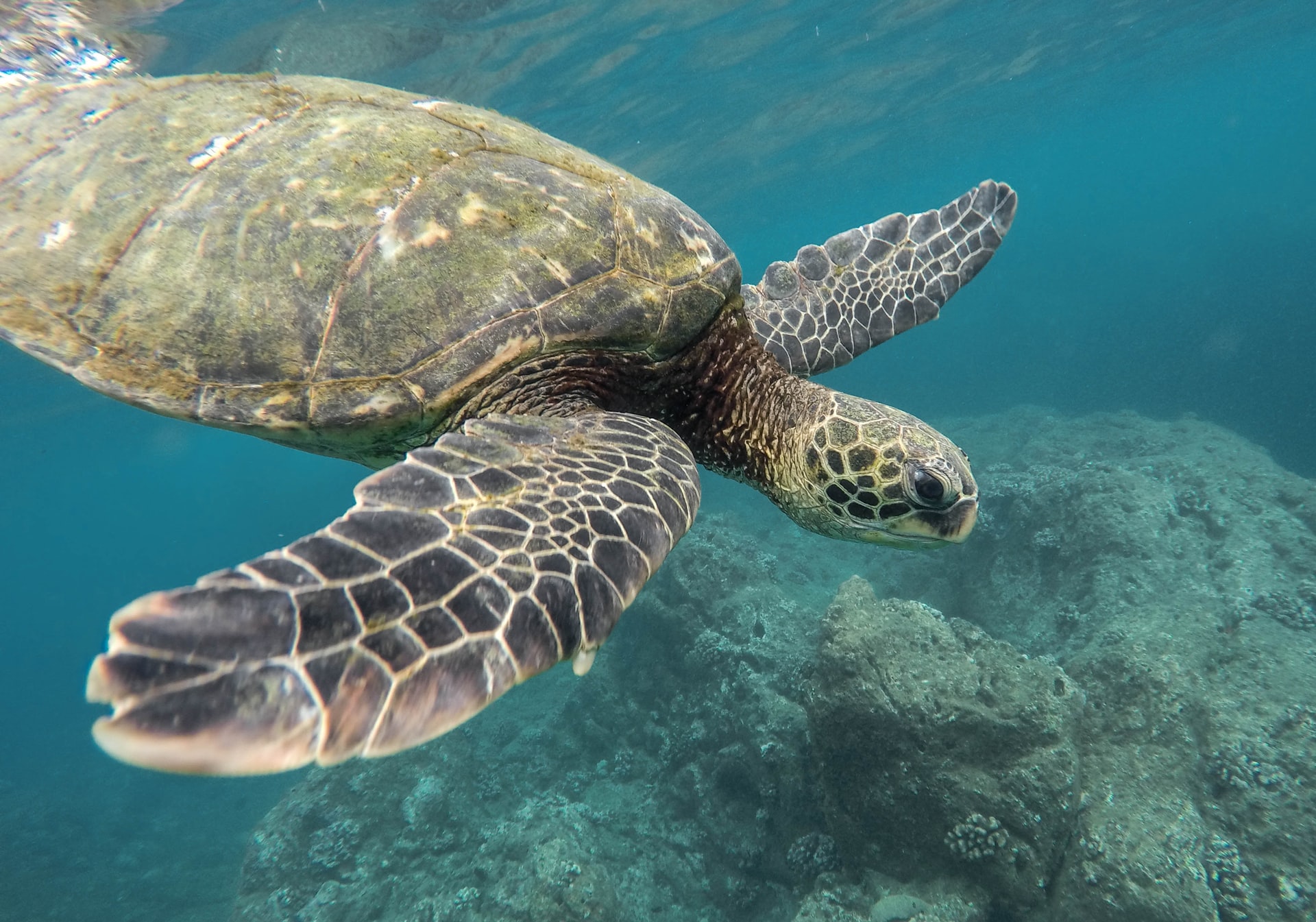
Here are some of the main issues plaguing the world’s oceans:
- Overfishing. According to Ocean Wise, global consumption of seafood has doubled since the 1970s. As our fisheries-related technology has improved, more and more marine animals are being extracted from the oceans in order to be consumed, or, unfortunately, as bycatch. This is an issue because marine animals are unable to reproduce at a rate high enough to keep up with our fishing, resulting in decreasing population sizes.
- Climate change. Did you know that 93% of heat accumulated in the Earth’s atmosphere is absorbed by the oceans? This is a huge issue, as sudden rises in temperature can lead to the loss of marine habitats and species. Other impacts of climate change on our oceans include deoxygenation, acidification, and changes to ocean currents.
- Plastic pollution. A large percentage of the waste we send to the landfill eventually ends up in our oceans, causing harm to marine animals. In fact, plastic pollution has even been found in the most remote areas of the deep sea. A serious problem that needs to be addressed, but there is hope as I talk about in Episode 60 of the Live. Well. Green. podcast on The Plastic Problem.
How marine protected areas can help
Marine protected areas are essential in order to establish climate change resilience and rebuild ecological resilience as well.
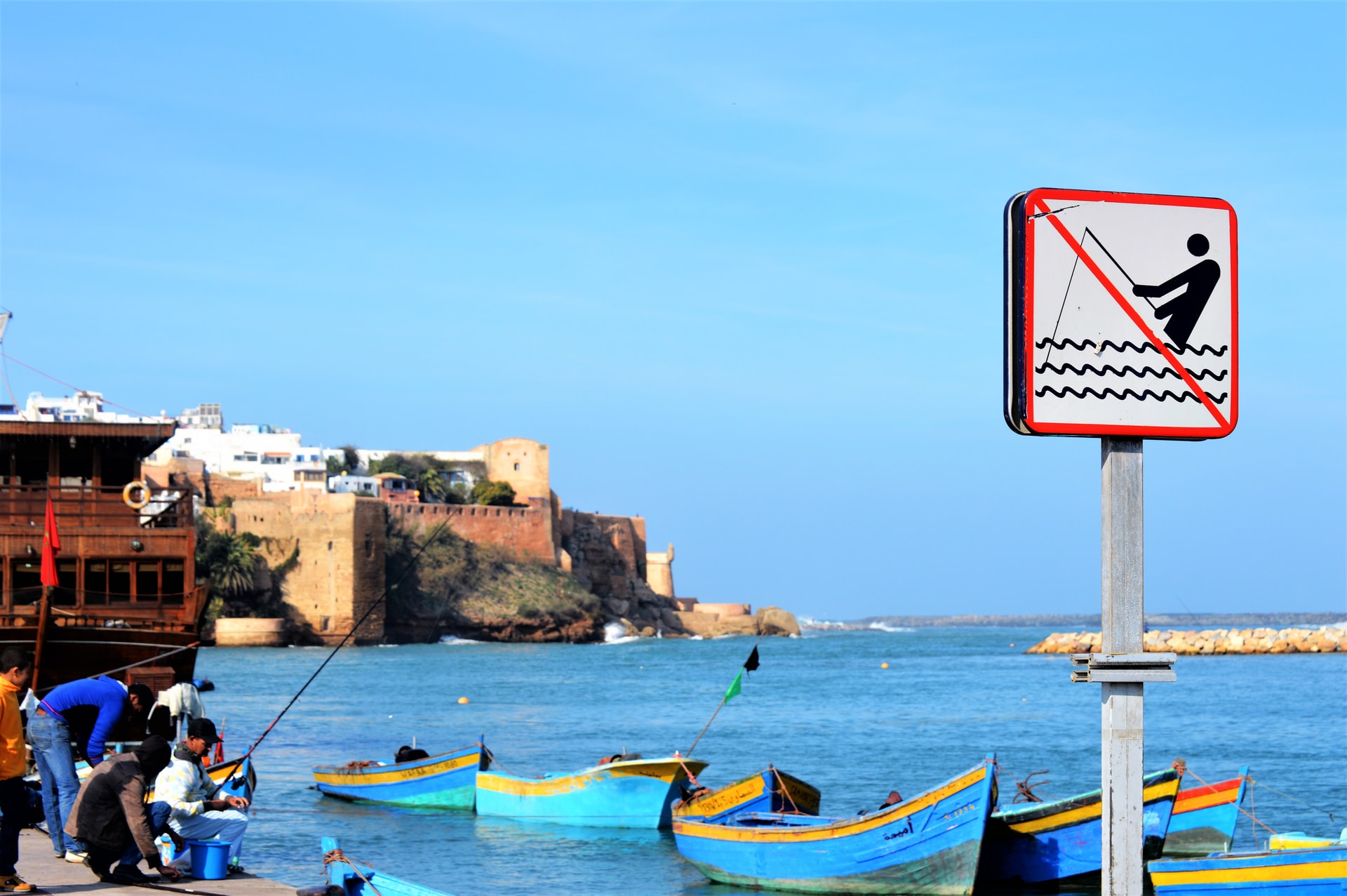 However, it is important to keep in mind that protected areas around the world operate on slightly different criteria, rules, and regulations. So even when an area is protected on the federal, provincial, territorial or local level, it might not actually provide enough protection to help wildlife species recover.
However, it is important to keep in mind that protected areas around the world operate on slightly different criteria, rules, and regulations. So even when an area is protected on the federal, provincial, territorial or local level, it might not actually provide enough protection to help wildlife species recover.
This is why it is important to develop global standards and goals in regard to marine protected areas. The United Nations Environment World Conservation Monitoring Centre, in collaboration with related organizations, have developed a Marine Protected Area (MPA) Guide. This guide outlines the stages of MPA establishment, the varying levels of protection, and the expected conservation outcomes based on those levels of protection.
According to this guide, MPAs with higher levels of protection have many benefits that we should be striving towards. The levels of protection outlined in the guide are minimally protected, lightly protected, highly protected, and fully protected.
Let’s take a look at the benefits of Fully Protected MPAs. According to the MPA guide, “Fully Protected areas have the greatest potential to restore and protect biodiverse and healthy ecosystems, and the benefits they provide to people.”
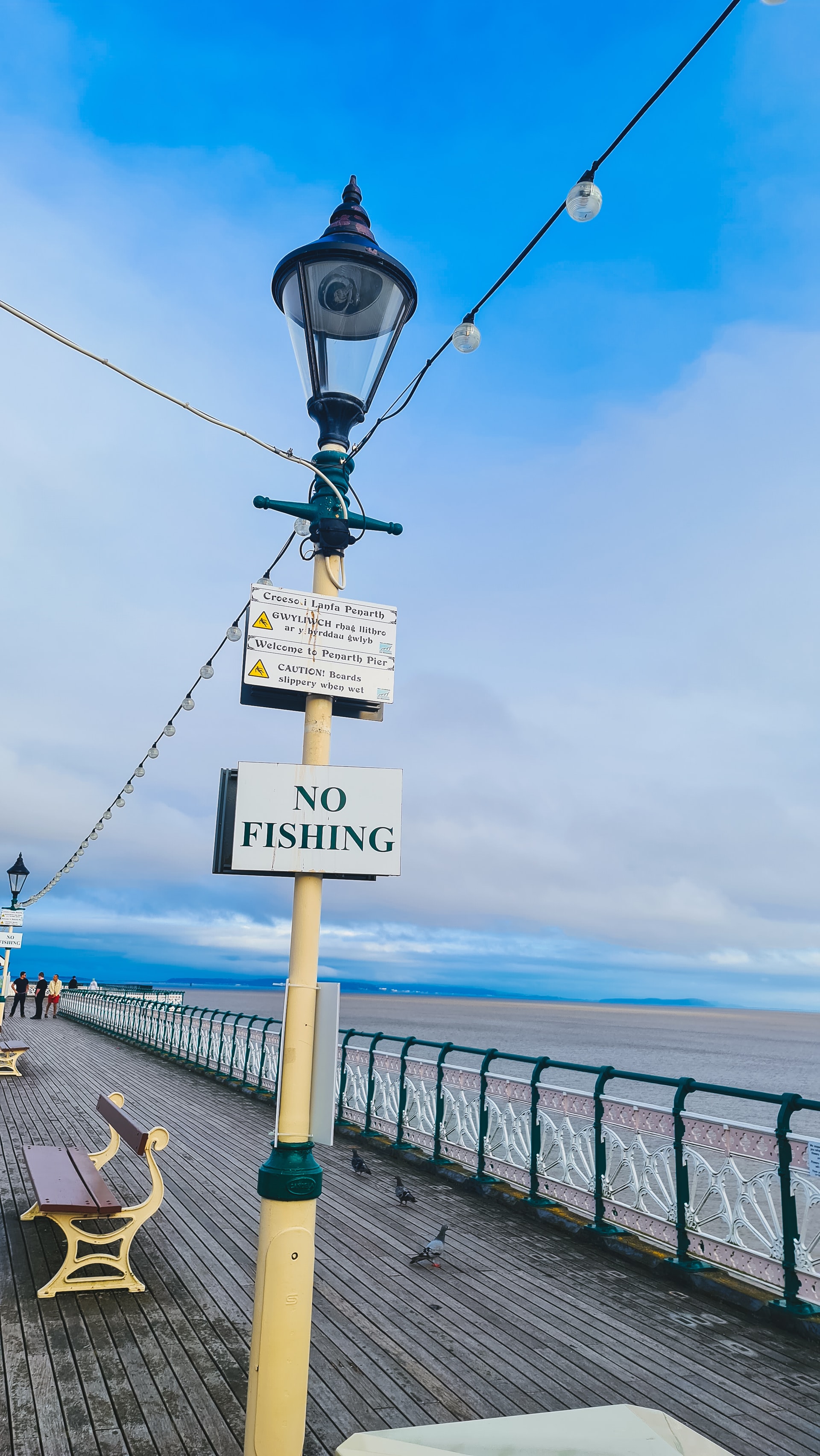
This is because these fully protected areas encourage the long-term recovery of species, habitats, and ecosystem functioning. Fully Protected MPAs are protected from seven main types of extractive or destructive activities:
- Mining, mineral oil/gas prospecting or exploitation is not allowed.
- Dredging and dumping is not allowed.
- Only small-scale, short-duration anchoring with low impact is allowed.
- Minimal impact, small-scale infrastructure for specific purposes (conservation, scientific, navigational, or sustainable tourism) is allowed.
- Aquaculture, when used for restoration purposes opposed to extraction, is allowed.
- No fishing of any kind is allowed.
- Low impact, low density, small scale non-extractive activities such as swimming, wildlife viewing, and cultural gatherings are allowed.
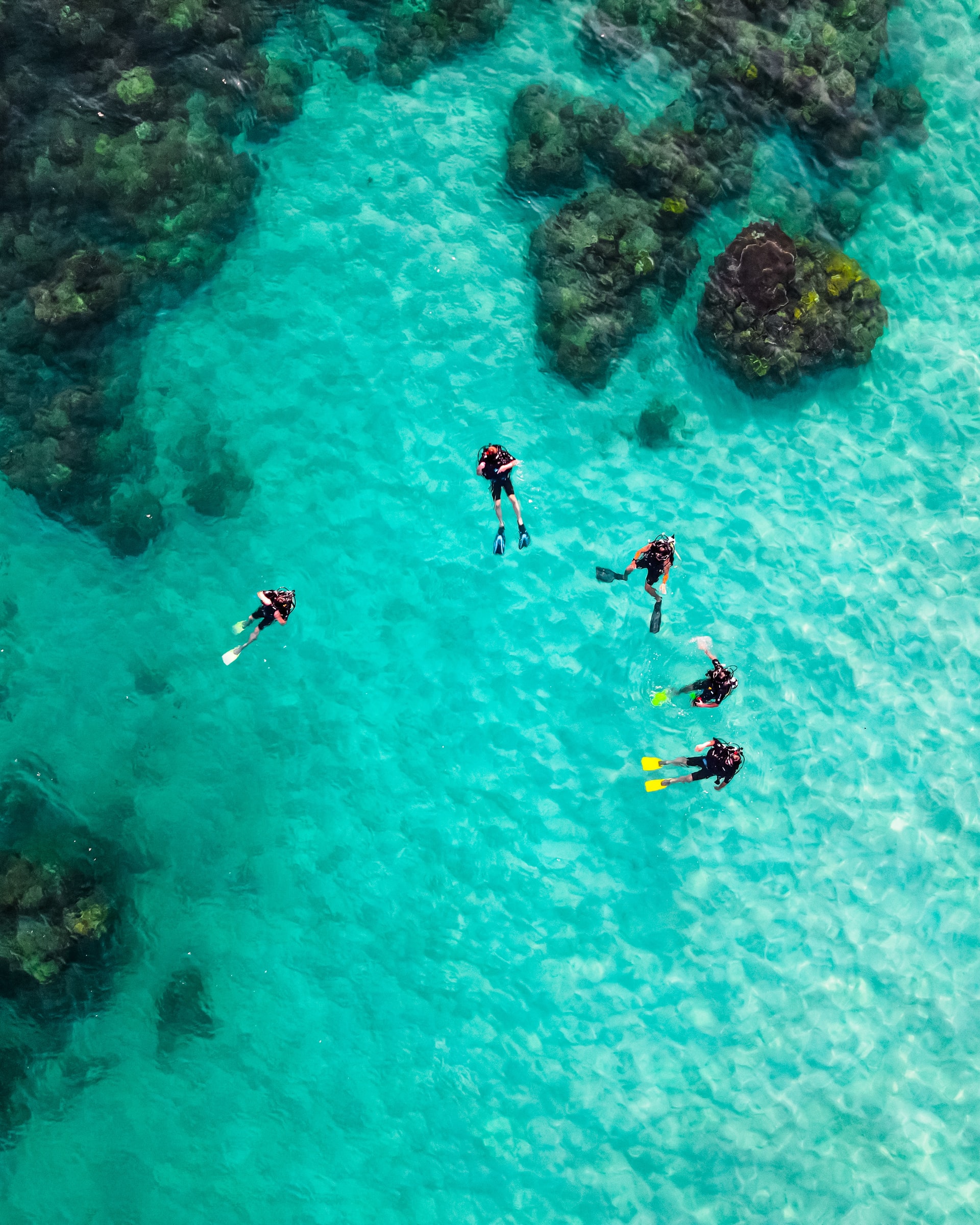
According to the MPA Guide, along with preserving marine species and their habitats, these rules and regulations help “provide climate solutions such as carbon sequestration and safeguarding carbon storage in sediments, enhancing productivity, mitigating local acidification, and providing coastal protection.”
In addition, the population replenishment and high reproductive rates inside a Fully Protected MPA can lead to greater benefits to populations outside of the MPA as well through spillover of adults, eggs, and larvae. And of course, this spillover may also benefit nearby fisheries, therefore positively contributing to the wellbeing and livelihood of humans.
And we can’t forget the fact that MPAs make beautiful spaces for us to visit and engage in low impact activities. Being able to be surrounded by nature and view thriving ecosystems is something we shouldn’t take for granted. While MPAs on their own might not be the answer to sustainable oceans worldwide, they are an important tool that, when used alongside others, can help protect the ocean’s biodiversity, fisheries, and people’s way of life.
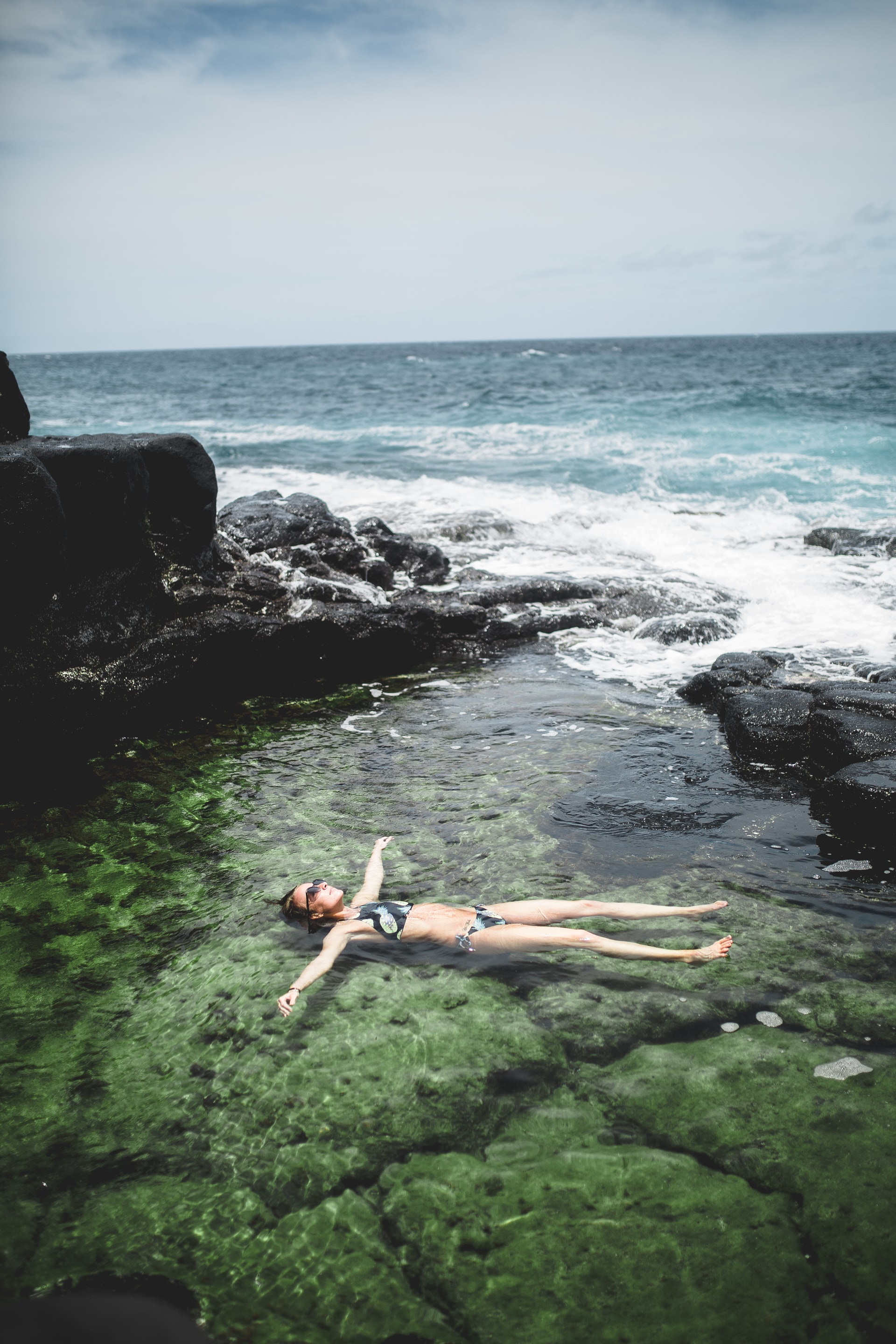
As I see it, MPAs just make sense, especially when we consider how we want to leave the planet for the next generation.
Stay connected with news and updates!
Join my mailing list to receive the latest news and updates. Your information will not be shared.

